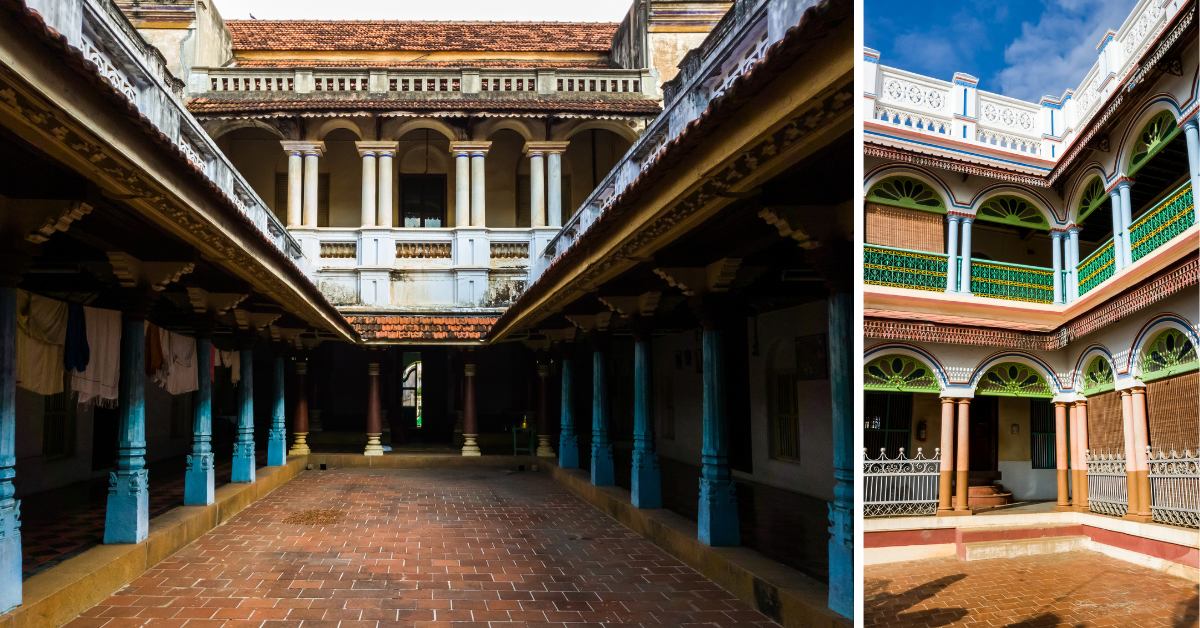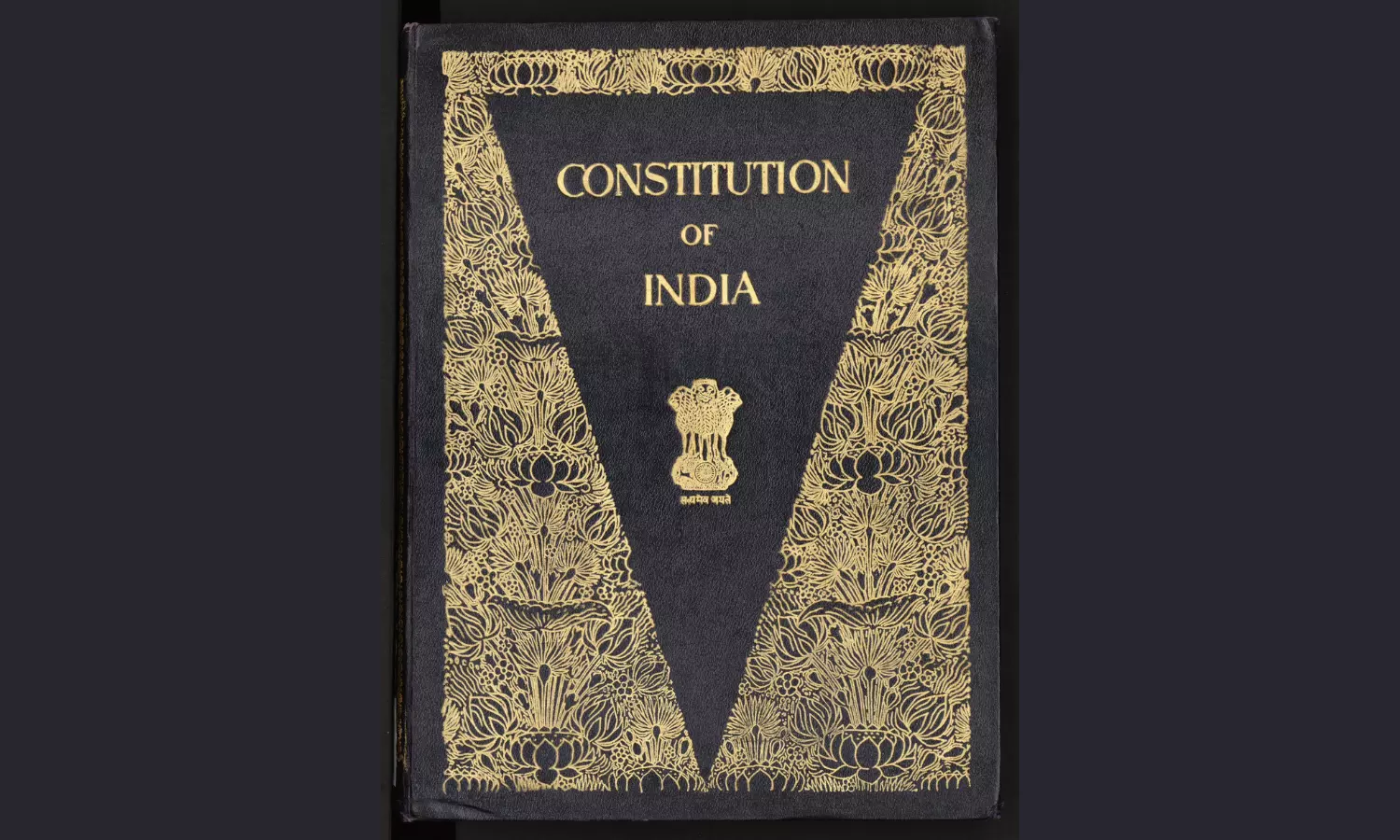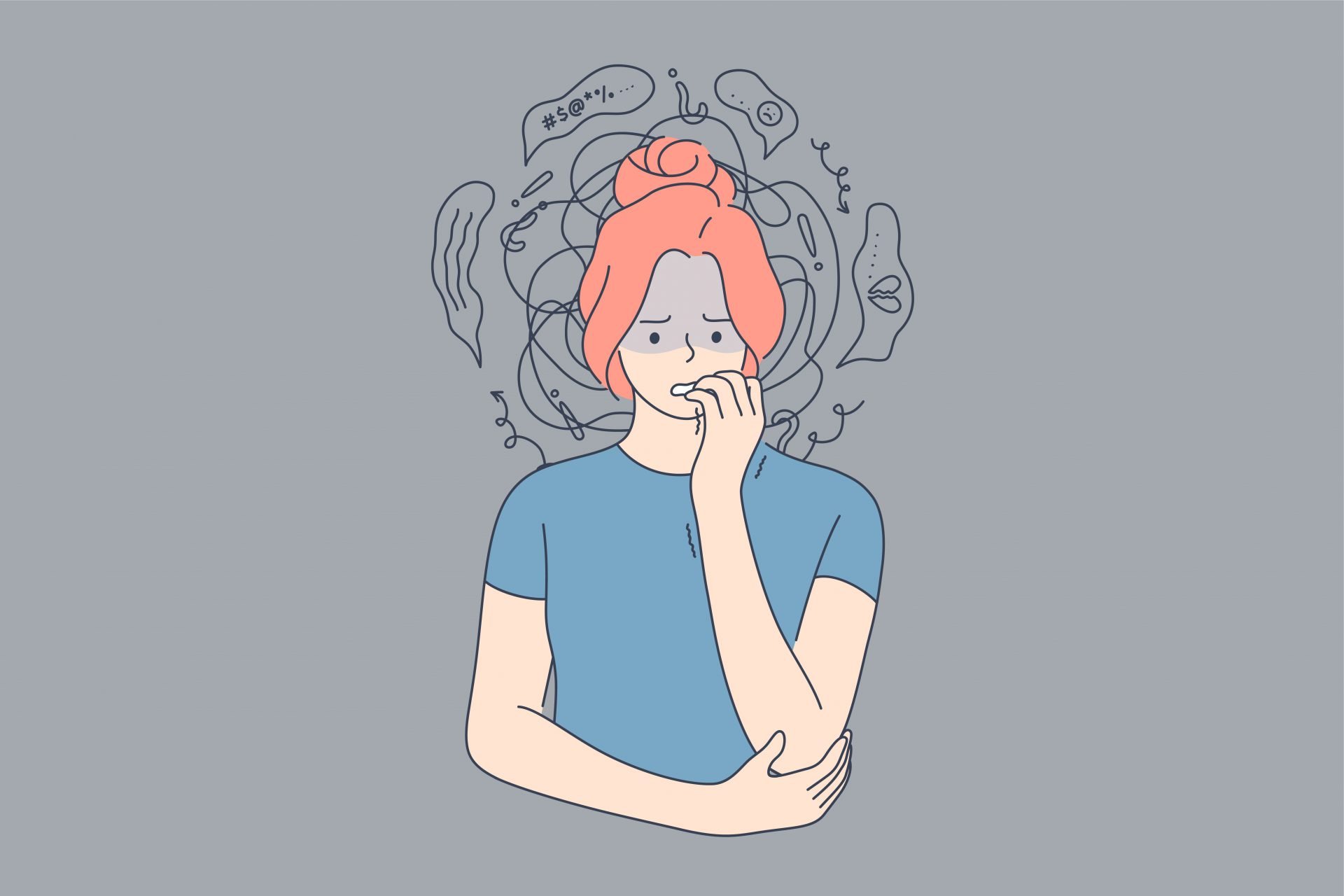
Long before electricity, Indian homes stayed cool in summer using a clever, low-tech design: the central courtyard. Common in havelis across Rajasthan, Gujarat, Madhya Pradesh, and beyond, courtyards acted as natural cooling systems, blending architectural elegance with climatic intelligence.
Here’s why courtyards worked so well:
-
Thermal regulation: Open to the sky, they released heat at night while drawing in cool air by morning, creating a natural temperature balance.
-
Cross‑ventilation: Rooms surrounding the courtyard facilitated airflow, allowing breezes to move unimpeded throughout the home.
-
Evapotranspiration: Trees, fountains, and green elements in courtyards cooled the air further through moisture release.
These spaces also served as cultural hubs: families used courtyards for meals, gatherings, storytelling, and daily tasks - making them the heart of the home.
One modern take on the design: Gujarat’s ‘Cool House’ remains under 35°C inside - even when it’s 45°C outside - by combining courtyards, lime-plastered thick walls, water bodies, jali screens, and strategic airflow.
As India faces hotter summers and urban heat challenges, these passive techniques are more relevant than ever - showing us that radical comfort can be beautifully simple.
Tags:
Post a comment
Blazing hazard: Singapore-flagged MV Wan hai 503 may sink with...
- 10 Jun, 2025
- 2
India's Operation Sindoor still on: High alert must continue!
- 25 Jul, 2025
- 2
What happens if a Vice President resigns? Here's what the...
- 22 Jul, 2025
- 2
UGC-NET June 2025 results out: Who qualified, who didn't?
- 22 Jul, 2025
- 2
IBPS PO 2025: Registration begins, know key dates and eligibility!
- 01 Jul, 2025
- 2
Categories
Recent News
Daily Newsletter
Get all the top stories from Blogs to keep track.

















